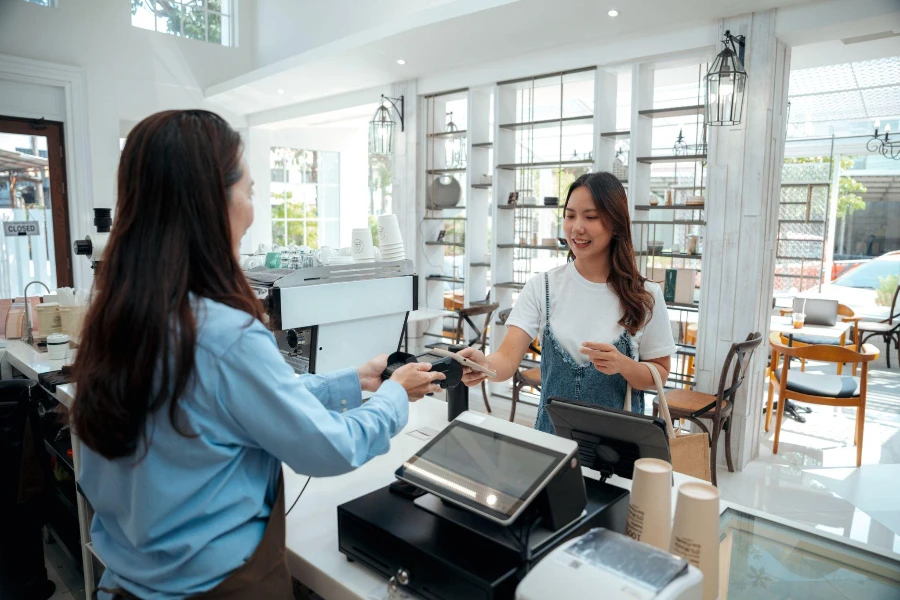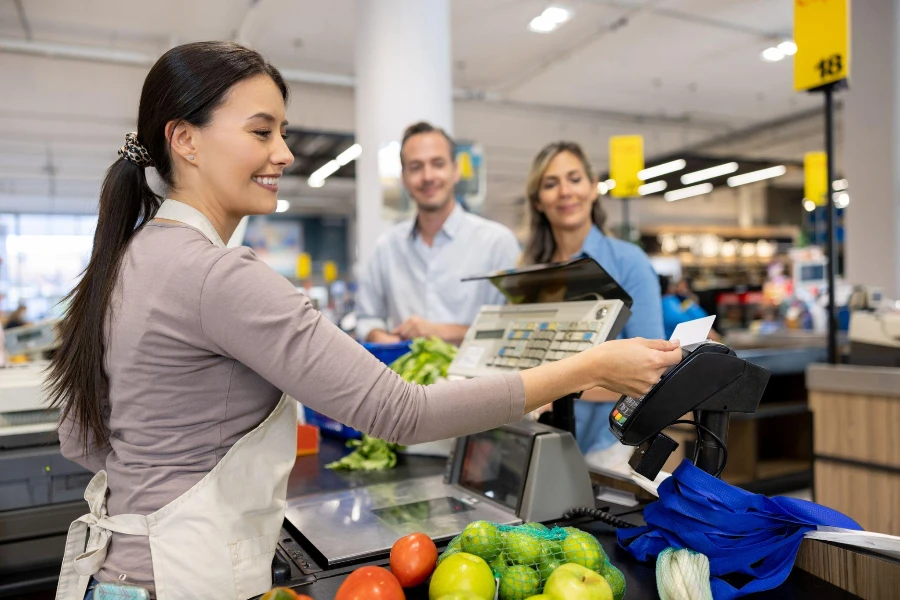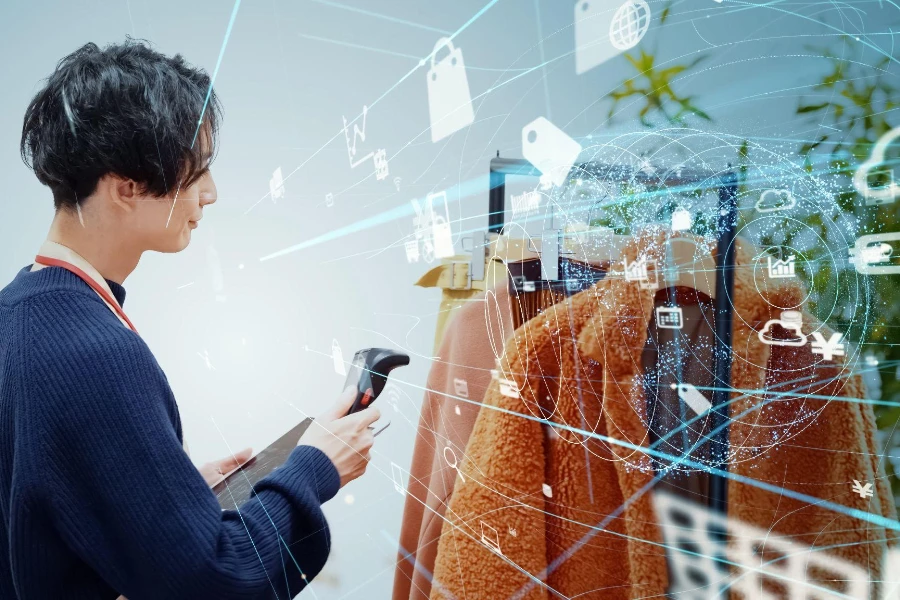In today’s fast-paced business environment, efficiency and accuracy are paramount. This is where Point of Sale (POS) systems come into play, revolutionizing how businesses operate daily. Whether you’re a small café or a multi-chain retailer, understanding POS systems can significantly enhance your operational efficiency and customer satisfaction. This article aims to demystify POS systems, covering everything from their basic functionality to the latest technological advancements, ensuring you have the knowledge to make informed decisions for your business.
Table of Contents:
– What is a POS system?
– The core functionalities of POS systems
– The latest technological advancements in POS systems
– How to choose the right POS system for your business
– The future of POS systems
What is a POS system?

A POS system, at its core, is a combination of software and hardware that enables businesses to conduct sales transactions seamlessly. Gone are the days of manual cash registers and handwritten receipts; today’s POS systems are sophisticated, offering a range of functionalities beyond processing sales. They integrate inventory management, customer relationship management (CRM), and data analytics, providing businesses with a holistic view of their operations.
The evolution of POS systems has been remarkable, transitioning from simple transactional tools to comprehensive business management solutions. This evolution reflects the changing needs of businesses and consumers alike, emphasizing the importance of adaptability and efficiency in today’s market.
Understanding the components that make up a POS system is crucial. Typically, it includes a display screen, a means for input (such as a keyboard or touchscreen), a way to accept payments (card reader, cash drawer), and a printer for receipts. However, modern POS systems often extend beyond these basics, incorporating mobile devices, cloud storage, and advanced software features.
The core functionalities of POS systems

POS systems serve as the backbone of business operations, offering a multitude of functionalities that streamline processes and enhance customer service. The primary function, processing sales transactions, is just the tip of the iceberg. Modern POS systems integrate inventory management, allowing businesses to track stock levels in real-time, automate reordering processes, and analyze sales data to forecast future inventory needs.
Another critical functionality is customer relationship management (CRM). POS systems can store customer information, track purchase history, and identify buying patterns. This data enables businesses to personalize marketing efforts, improve customer service, and foster loyalty.
Additionally, POS systems offer comprehensive reporting and analytics tools. These tools provide insights into sales trends, employee performance, and customer behavior, enabling businesses to make data-driven decisions and strategize effectively for growth.
The latest technological advancements in POS systems

Technology is constantly evolving, and POS systems are no exception. The integration of cloud technology has been a game-changer, offering businesses flexibility, scalability, and enhanced security. Cloud-based POS systems allow for real-time data synchronization across multiple locations, making them ideal for businesses with several outlets.
Mobile POS (mPOS) systems have also risen in popularity, offering the convenience of conducting transactions anywhere within the store or even outside the premises. This mobility enhances customer service by reducing wait times and allowing for more personalized interaction.
Artificial Intelligence (AI) and machine learning are beginning to make their mark on POS systems. These technologies can analyze vast amounts of data to provide predictive analytics, automate inventory management, and offer personalized recommendations to customers based on their purchase history.
How to choose the right POS system for your business

Choosing the right POS system is a critical decision that can significantly impact your business’s efficiency and customer satisfaction. The first step is to assess your business needs, considering factors such as size, industry, and specific operational requirements.
It’s also important to consider the scalability of the system. As your business grows, your POS system should be able to accommodate increased transaction volumes, inventory complexity, and additional locations.
Lastly, consider the level of support and training provided by the POS system vendor. A reliable support system is crucial for resolving any issues quickly and minimizing downtime.
The future of POS systems

The future of POS systems is promising, with continuous advancements aimed at improving efficiency, enhancing customer experience, and providing deeper insights into business operations. Integration with other technologies, such as augmented reality (AR) for virtual product displays and blockchain for secure transactions, is on the horizon.
As technology evolves, so too will the capabilities of POS systems, offering businesses innovative tools to meet the changing needs of the market and their customers.
Conclusion
Understanding POS systems is crucial for any business looking to improve operational efficiency and enhance customer service. By staying informed about the latest advancements and carefully considering your business needs, you can choose a POS system that not only meets your current requirements but also supports future growth. The future of POS systems is bright, with technology paving the way for even more innovative and efficient business solutions.




